Fragrant Sumac (Rhus Aromatica) – 3 Gallon Pot
$76.97 Original price was: $76.97.$53.88Current price is: $53.88.
SKU: D2LSC 0051253135 Category: FRAGRANT PLANTS
- Buy quality, buy with us.
- Your Security is Our Promise
- Sustainable materials, for a better tomorrow.
- SSL encryption, absolutely safe shopping

Fragrant Sumac
Rhus aromatica
Other Names: Aromatic Sumac, Lemon Sumac, Polecat Bush, Polecat Sumac
Plant Details
USDA Plant Hardiness Zones: 3a-9b Find Your Zone
Plant Type: Deciduous Shrub or Small Tree
Height at Maturity: 2-4′
Width at Maturity: 6-10′
Spacing: 6′ for hedge; 12’+ for space between
Growth Habit / Form: Dense Spreading Mound
Growth Rate: Moderate, 12-18″ per year
Flower Color: Yellow Green
Bloom Time: Early Spring to Spring
Foliage Color: Blue-Green to Green
Fall Foliage Color: Orange-Red to Purple Red shades
Fruit Color: Burgundy Red shades
Fruit Size: .25″ in 1″ clusters
Fruit Size: .25″ in 1″ clusters
Sun Needs: Full Sun to Partial Shade
Water Needs: Average
Soil Type: Clay (well drained), Loam, Sandy, Silt
Soil Moisture / Drainage: Moist but Well-Drained; occasionally dry
Soil pH: 5.0 to 7.5 (Acid to Moderately Alkaline)
Attracts: Butterflies, Beneficial Pollinators, Birds, Small Mammals, Visual Attention
Maintenance / Care: Low
Resistances: Cold Temperatures (-40F), Clay Soil, Drought (occasional when established), Erosion, Juglone (Black Walnut), Rabbits, Rocky Soil, Shallow Soil
Resistances: Cold Temperatures (-40F), Clay Soil, Drought (occasional when established), Erosion, Juglone (Black Walnut), Rabbits, Rocky Soil, Shallow Soil
Description
Not at all to be confused with poison sumac, Fragrant Sumac, scientifically known as Rhus aromatica, is a harmless plant. In fact, the clusters of attractive fruits it produces are edible.
Smaller than other species in the Rhus genus, the Fragrant Sumac is a North American Native plant that forms a dense, low spreading shrub or groundcover typically reaching 2 to 4 feet tall in the landscape and up to 6 feet under ideal conditions in the wild. It spreads slowly to 6 to 10 feet wide and is excellent for use as a soil stabilizer on slopes or in sunny to partially shaded landscape or woodland borders. In early spring, it features abundant clusters of small yellow flowers appearing at the ends of almost every twig on the plant before the foliage appears. Male and female flowers can appear on the same or separate plants, with the females producing clusters of attractive red berries in late summer that many wildlife species will appreciate. The fruits of Fragrant Sumac can be soaked in cold water to make a very tasty and refreshing lemonade-like drink. The dried fruits can be crushed to make a lemony spice. The fragrant blue-green leaves, which have a lemony scent when crushed, turn to beautiful shades of orange, red and reddish-purple in the fall. The many fine attributes including outstanding fall color and high tolerance to drought, erosion, cold (-40F), heat, disease, insects, clay and dry rocky soil, and the many benefits to wildlife make the Fragrant Sumac an easy-to-grow worthy addition to any landscape, native garden or naturalized area.
Wildlife Value
Turkey, ruffed grouse, robins, and flickers, as well as small mammals like raccoons, possums, and chipmunks feed on the berries. Flowers provide a nectar source to butterflies and other beneficial pollinators such as Luna Moths. Birds and small mammals use the plant as cover.
Landscape & Garden Uses
Growing in a low spreading mound to 2 to 4 feet tall and 6 to 10 feet wide, Fragrant Sumac is ideal for use as a specimen in smaller garden spaces or in groupings or as a groundcover in landscape and sunny to partially shaded woodland borders. Because it is tolerant of poor soils and drought, Fragrant Sumac is excellent for planting on slopes and embankments to control erosion. A fine addition to wildlife gardens, native plant gardens, bird and wildlife gardens, butterfly and beneficial pollinator gardens, cottage gardens, edible gardens and the Xeriscape (low water needs).
Growing Preferences
Fragrant Sumac is very easy to grow in most any moist but well drained soil of average fertility, including clay and shallow rocky soil, and full sun to part shade. It is drought tolerant when established. The more sun the better for best flower and berry production. USDA Zones: 3a-9b Find Your Zone
Helpful Articles
Note: Find helpful advice from our experts under the Planting & Care tab above on desktop screens and below on mobile phones.
Plant Long & Prosper!
Meet The Wilson Brothers & Staff
Questions? Contact Us!
Be the first to review “Fragrant Sumac (Rhus Aromatica) – 3 Gallon Pot” Cancel reply
Related products
Sale!
Sale!
FRAGRANT PLANTS
Sale!
FRAGRANT PLANTS
Diane Red Witch Hazel (Hamamelis X Intermedia) – 7 Gallon Pot
Sale!
FRAGRANT PLANTS
Sale!
Sale!
FRAGRANT PLANTS
Sale!
Sale!
FRAGRANT PLANTS



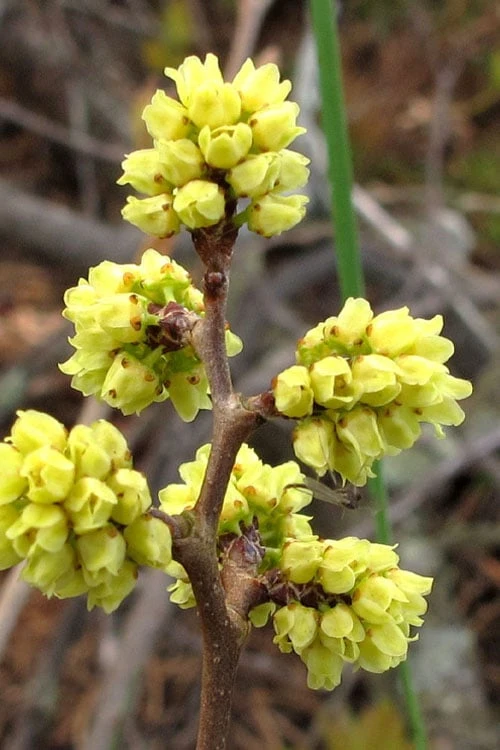
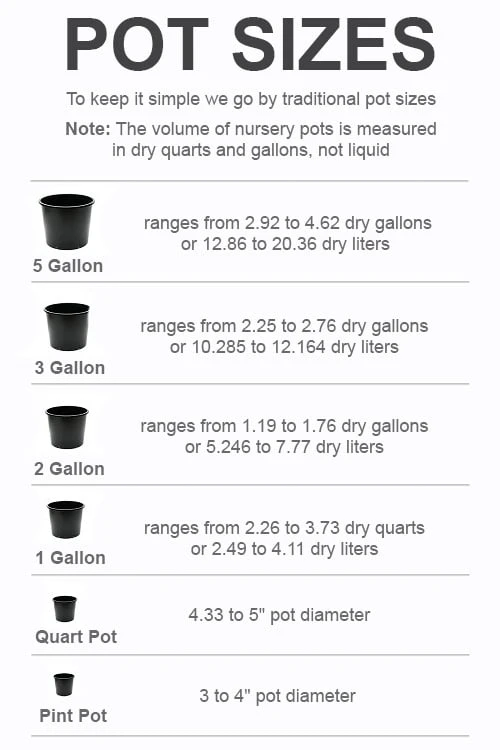



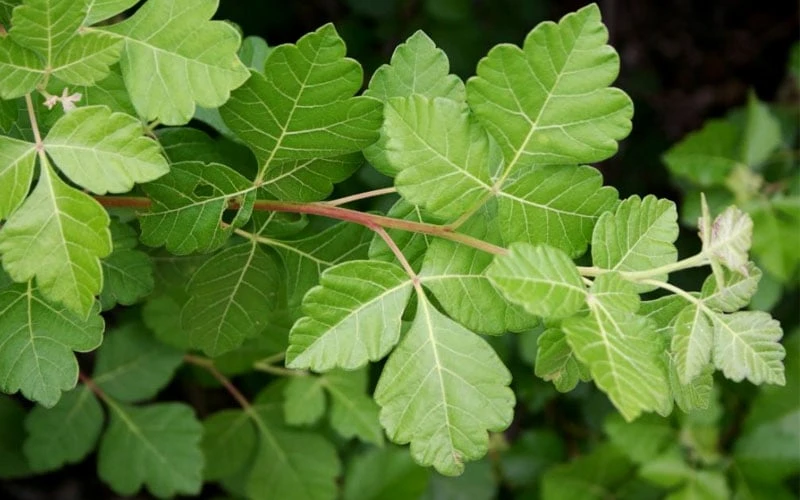

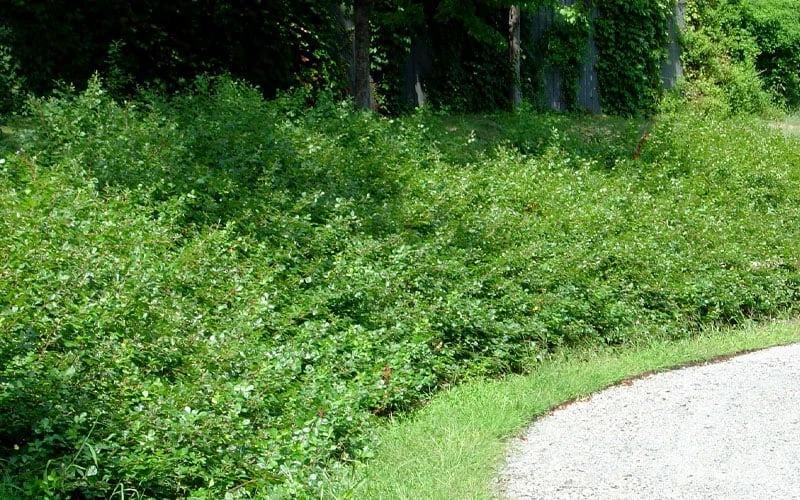




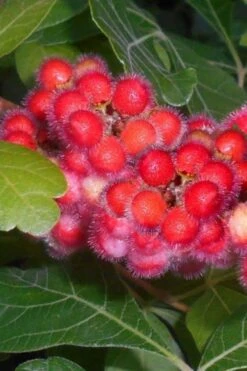






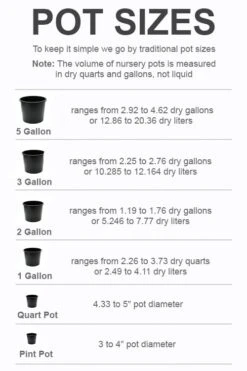

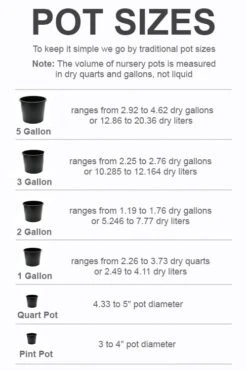

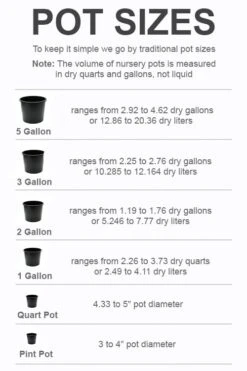

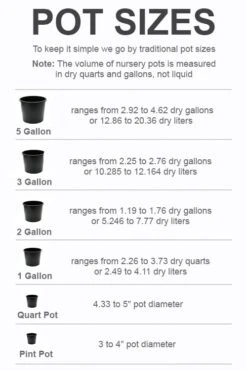

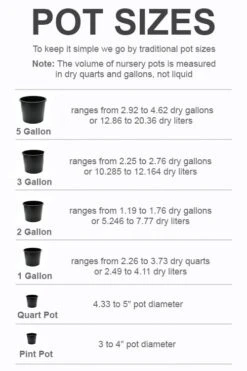
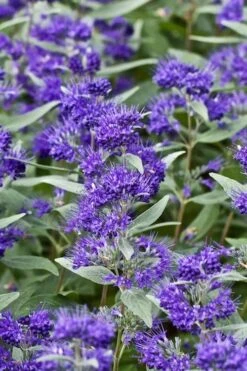
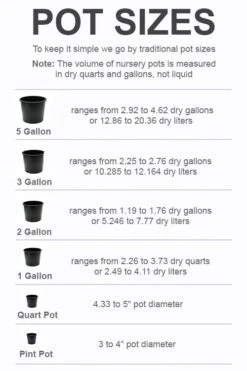

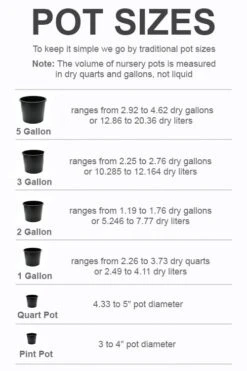
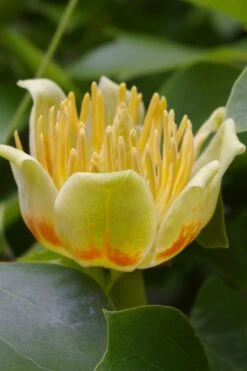
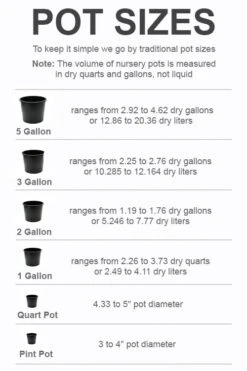
Reviews
There are no reviews yet.